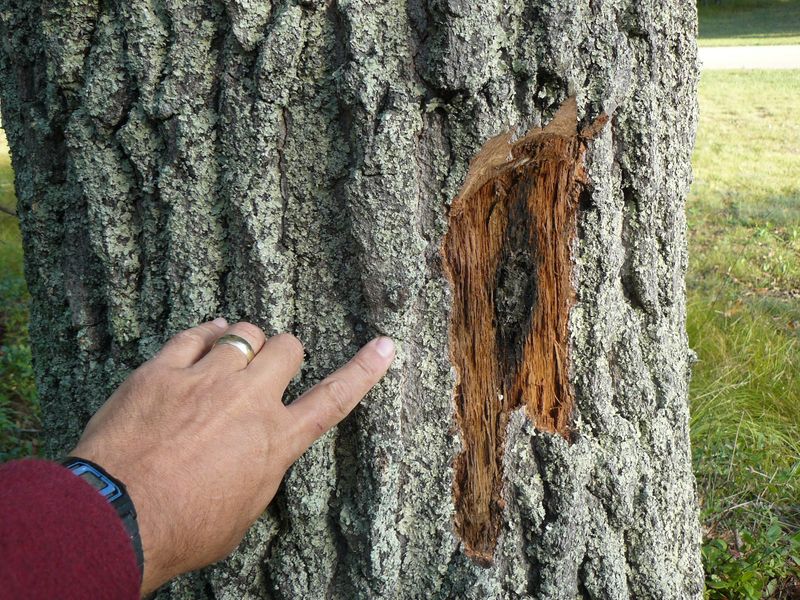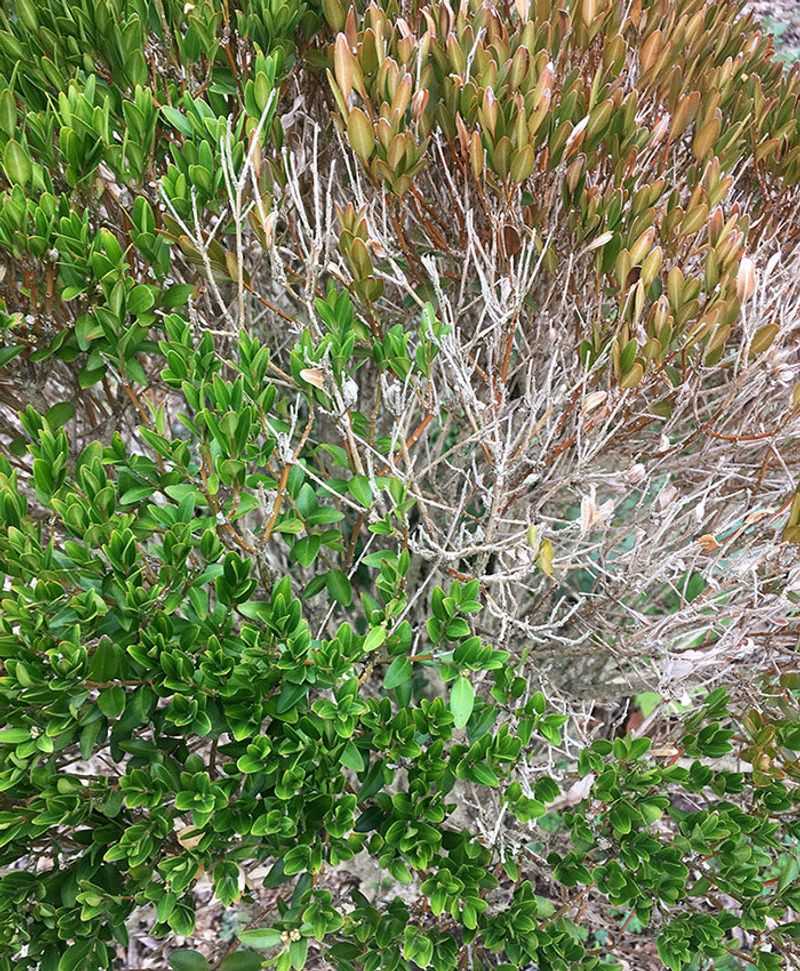Some plants in New Jersey carry a reputation that goes far beyond the garden gate. They may look harmless at first glance, but the state keeps a close eye on them for good reason. A few of these species spread fast, crowd out local plants, or pose risks that most homeowners never expect.
Moving them from place to place can stir up more trouble than a quick afternoon project is worth. Knowing which plants fall under these strict rules helps avoid fines, headaches, and accidental harm to local ecosystems.
1. Oak Trees Infected With Oak Wilt
Oak wilt is a fungal disease that can wipe out entire oak populations if left unchecked. Moving infected oak wood, especially during warmer months, spreads the fungus to healthy trees through beetles and root connections.
New Jersey prohibits transporting oak firewood and untreated lumber from infected areas without special permits. Landowners must follow strict guidelines for cutting and disposing of diseased trees.
The disease moves fast once established, turning leaves brown and ruining trees within weeks in some cases.
2. American Chestnut With Chestnut Blight
Once dominating eastern forests, American chestnuts nearly disappeared after a devastating blight arrived from Asia in the early 1900s. The fungus creates cankers that girdle branches and trunks, eventually strangling the tree.
Movement restrictions help prevent spreading this persistent pathogen to surviving chestnuts or restoration plantings. Scientists continue working on blight-resistant varieties that could restore these magnificent trees.
Transporting infected material requires documentation and careful handling to protect recovery efforts statewide.
3. Ash Trees With Emerald Ash Borer Infestation
Emerald ash borers are metallic green beetles from Asia that have devastated ash tree populations across North America. Their larvae tunnel under bark, cutting off water and nutrient flow until trees come to an end.
New Jersey strictly regulates moving ash wood products, including firewood, lumber, and nursery stock from quarantined counties. Violators face serious fines because even small amounts of infested wood can introduce beetles to new areas.
Burning local firewood where you buy it remains the safest practice.
4. Boxwood Plants Carrying Boxwood Blight
Boxwood blight appeared in the United States around 2011 and quickly became a nightmare for landscapers and homeowners. This fungal disease causes rapid leaf drop, ruining ornamental plantings.
The pathogen spreads through contaminated tools, clothing, and especially infected plant material moved between locations. New Jersey nurseries must inspect boxwoods carefully and follow quarantine protocols when shipping plants.
Gardeners should always buy from reputable sources and quarantine new boxwoods before planting them near existing shrubs.
5. Hemlock Trees Infested With Hemlock Woolly Adelgid
Hemlock woolly adelgids are tiny insects that attach to hemlock branches and suck out sap, weakening trees until they come to an end. The white woolly egg masses look like cotton stuck to the underside of branches.
These invasive pests from Asia have destroyed countless hemlocks throughout eastern forests. New Jersey restricts moving hemlock nursery stock and untreated logs from infested areas to slow the adelgid’s spread.
Early detection and treatment with horticultural oils or insecticides can save valuable landscape hemlocks.
6. Beech Trees With Beech Leaf Disease
Beech leaf disease mysteriously appeared in Ohio around 2012 and has since spread to neighboring states including New Jersey. Scientists suspect a microscopic nematode causes the distinctive dark banding between leaf veins.
Affected trees show progressively worse symptoms over several years from repeated defoliation. Movement restrictions on beech plant material help contain this emerging threat while researchers search for solutions.
The disease affects all beech species, threatening both forest ecosystems and ornamental landscapes across the region.
7. Pine Trees Infected With Pine Wilt Disease
Pine wilt disease results from microscopic roundworms called nematodes that clog water-conducting tissues inside pine trees. Infected trees turn brown rapidly, sometimes dying within just a few weeks of showing symptoms.
Longhorned beetles spread the nematodes when feeding on healthy pines after visiting infected trees. New Jersey restricts moving pine logs and chips from areas where pine wilt occurs to prevent beetle transport.
Austrian and Scots pines are particularly vulnerable, while white pines show better resistance to this devastating pathogen.
8. Flowering Dogwood With Dogwood Anthracnose
Dogwood anthracnose is a aggressive fungal disease that has decimated native flowering dogwoods throughout their range. The fungus attacks leaves, twigs, and branches, creating distinctive purple-bordered spots.
Cool, wet weather favors disease spread, making mountain and northern populations especially vulnerable. New Jersey monitors dogwood movement from infected areas to protect remaining healthy populations and landscape plantings.
Kousa dogwoods from Asia show natural resistance and make excellent substitutes in landscapes where anthracnose pressure is high.









